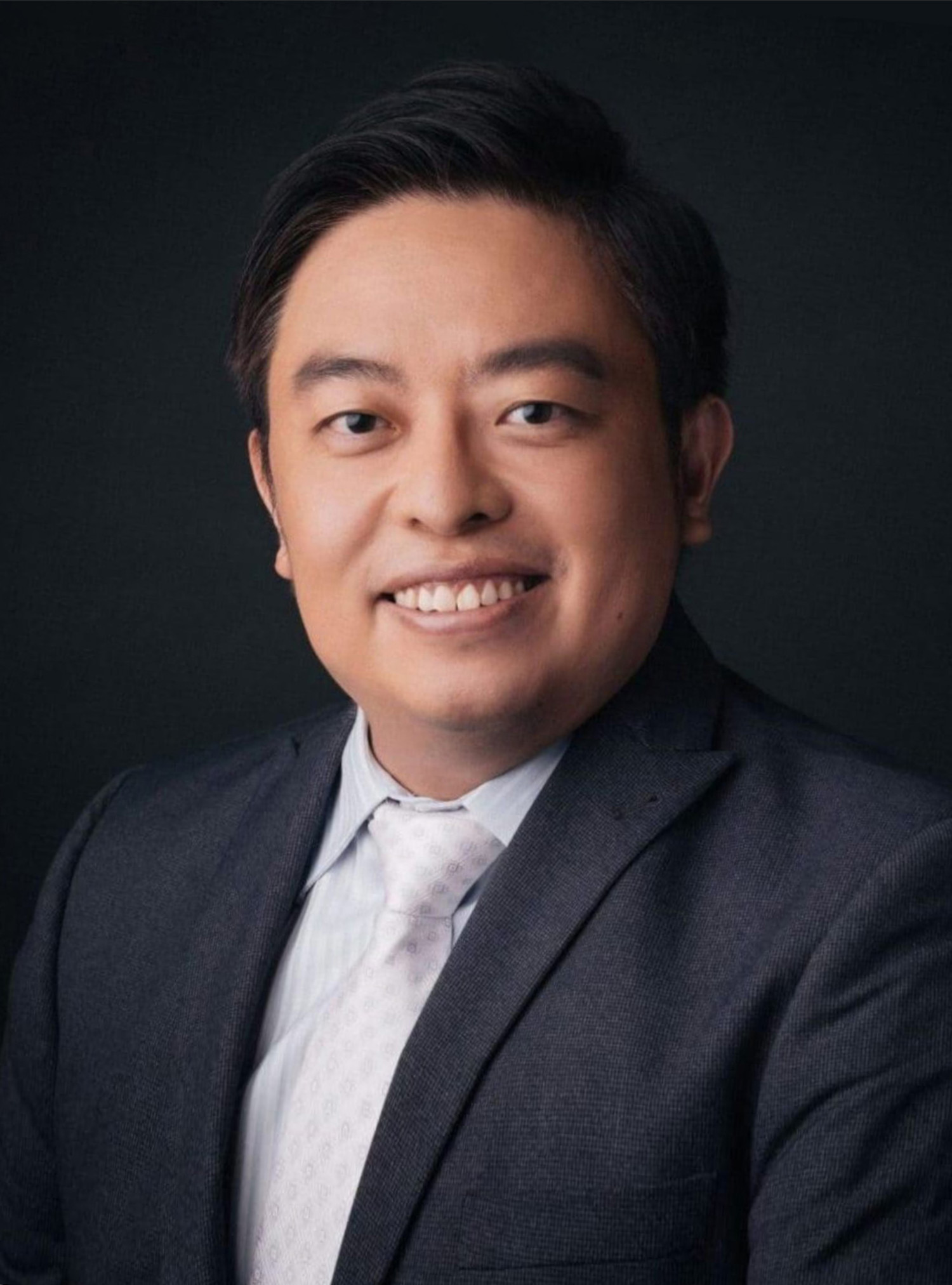Schedule An Appointment With Us
Are Your Symptoms Affecting Your Quality Of Life?
Consult our MOH-accredited orthopaedic specialist for an accurate diagnosis & personalised treatment plan today.

MBBS (S’PORE)
MRCS (Ireland)
MMed (Ortho)
FRCSEd (Ortho)

Shoulder arthroscopy is a surgical procedure used to diagnose and treat problems inside the shoulder joint.
This minimally invasive technique involves making small incisions through which a tiny camera, known as an arthroscope, and specialised instruments are inserted. The arthroscope transmits images from inside the shoulder to a video monitor, allowing the surgeon to guide miniature surgical instruments to address the specific issue within the joint.
Shoulder arthroscopy is typically considered when a patient has a condition within the shoulder joint that has not responded to non-surgical treatment methods. Common conditions that may warrant shoulder arthroscopy include:
Preparation for shoulder arthroscopy involves several steps to ensure the safety and effectiveness of the procedure:


The shoulder arthroscopy procedure is typically performed in a hospital or outpatient surgical centre.
The recovery period following shoulder arthroscopy can vary depending on the specific procedures performed and the individual’s overall health. Key aspects of postoperative care and recovery include:
Patients typically experience some pain and discomfort after the procedure. Pain management may include prescribed medications or over-the-counter pain relievers. Ice packs can also help reduce swelling and pain.
The shoulder may need to be immobilised with a sling for a period of time post-surgery. The duration of immobilisation depends on the type of surgery performed.
Rehabilitation plays a critical role in recovery. A physical therapist will typically guide the patient through exercises to improve shoulder strength and flexibility. The rehabilitation program is tailored to the patient’s specific surgical procedure and overall goals.
Keeping the surgical area clean and dry is important. Patients will receive instructions on how to care for their surgical wounds, which may include changing dressings and identifying signs of infection.
Regular follow-up appointments with the orthopaedic surgeon are necessary to monitor the progress of recovery. These appointments are also opportunities to adjust pain management and rehabilitation plans as needed.
Gradual resumption of daily activities is recommended. Patients are usually advised to avoid strenuous activities or heavy lifting for a period of time.
While complications are rare, it is important to be vigilant for signs such as excessive pain, redness, swelling, or fever, which could indicate infection or other issues.
Schedule An Appointment With Us
Consult our MOH-accredited orthopaedic specialist for an accurate diagnosis & personalised treatment plan today.

MBBS (S’pore)
MRCS (Ireland)
MMed (Ortho)
FRCSEd (Ortho)
Dr Kau (许医生) is a Fellowship trained Orthopaedic Surgeon with a subspecialty interest in Hip and Knee surgery and has been in practice for more than 15 years.
He is experienced in trauma and fracture management, sports injuries, and joint replacement surgery.
If you have any enquiry, please do get in touch. Leave us a message and we will get back to you shortly.
For Singaporeans, Singapore Permanent Residents and Foreigners.
Please speak to our friendly clinic staff about using your insurance plans.

Recovery times can vary depending on the specific procedures performed and individual factors. Typically, patients may start to resume light activities within 2 to 4 weeks post-surgery.
However, full recovery, especially for more extensive procedures, can take anywhere from 4 to 6 months. Adherence to the orthopaedic surgeon’s postoperative instructions and active participation in physical therapy are crucial for a successful recovery.
Some pain and discomfort are expected after the surgery, but it is typically less severe than with open shoulder surgery. Pain management strategies, including medications and ice, are used to control discomfort during the recovery period.
The timeline for returning to work depends on the nature of the job and the extent of the surgery. For sedentary jobs, some people may return within a few days to a week, while physically demanding jobs may require a longer recovery period.
The success of shoulder arthroscopy depends on the specific condition being treated, the skill of the orthopaedic surgeon, and the patient’s adherence to postoperative care and physical therapy. In general, it has a high success rate, particularly for conditions such as rotator cuff repairs and removal of loose bodies.
The duration of the shoulder arthroscopy procedure typically depends on the complexity of the specific condition being treated. For simpler procedures, such as a diagnostic arthroscopy or minor repairs, the surgery may last approximately 30 to 45 minutes.
More complex procedures, like extensive rotator cuff repairs, can take up to 2 to 3 hours. The exact time also varies based on individual patient factors and the orthopaedic surgeon’s technique.